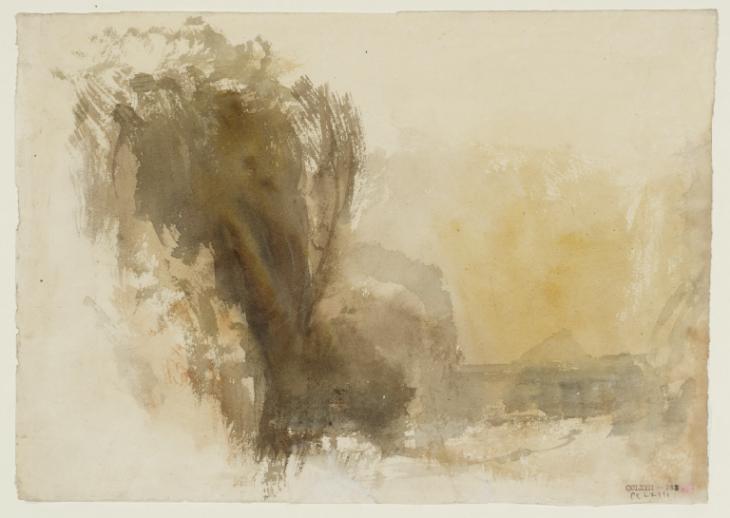Exhibition history
References
How to cite
Matthew Imms, ‘?The Great Mew Stone from Wembury c.1813 by Joseph Mallord William Turner’, catalogue entry, July 2016, in David Blayney Brown (ed.), J.M.W. Turner: Sketchbooks, Drawings and Watercolours, Tate Research Publication, February 2017, https://www

